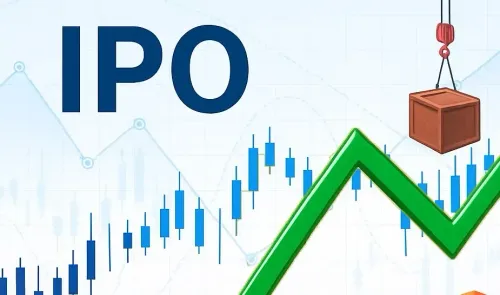Why Have Sagility India Shares Plummeted 31.76% from Their 52-Week Peak?

Synopsis
Key Takeaways
- Sagility India shares down 31.76% from high.
- Current price at Rs 38.49.
- Mixed performance in recent trading sessions.
- Promoter's stake sale impacted investor sentiment.
- Healthcare services include claims processing and support.
Mumbai, June 3 (NationPress) The stock of Sagility India Limited, a prominent player in the healthcare sector, has experienced a significant drop of 31.76% from its 52-week peak of Rs 56.40, currently trading at Rs 38.49 on the National Stock Exchange (NSE).
During the intra-day trading session on Tuesday, the stock witnessed a further decline of 1.16%, which is equivalent to Rs 0.45. The stock's performance over the past few days has been inconsistent, showing a 2.01% decrease across the last five trading days and a drop of 6.58% in the past month.
Year-to-date (YTD), shares of Sagility have decreased by 19.68%, although they have risen by 7.97% over the last six months.
The decline in investor sentiment can be attributed to the promoter's recent decision to diminish their stake. On May 27, Sagility India’s shares hit a 5% lower circuit, dropping to Rs 40.70, marking the lowest point since May 9, following the announcement of an Offer for Sale (OFS).
This OFS is part of a strategy by its promoter, Sagility B.V., to fulfill the minimum public shareholding criteria.
Through this OFS, Sagility B.V. has offloaded up to 15.02% of its stake on May 27 and May 28. The base offer comprised 34.61 crore equity shares, which is 7.39% of the company’s paid-up capital.
Additionally, 35.69 crore shares (or 7.62%) were available under the oversubscription option, raising the potential total sale to 70.3 crore shares.
As of the end of the March 2025 quarter, the promoter retained approximately 82.39% of the company's stake. While the share sale aims for regulatory adherence, it has prompted caution among investors, leading to the recent downturn in stock prices.
Sagility India is known as a healthcare solutions provider primarily catering to US-based payers, including health insurance firms and healthcare providers such as hospitals and physicians. Their offerings encompass a wide array of services, including core benefits administration, clinical support, revenue cycle management, and claims processing for payers.










